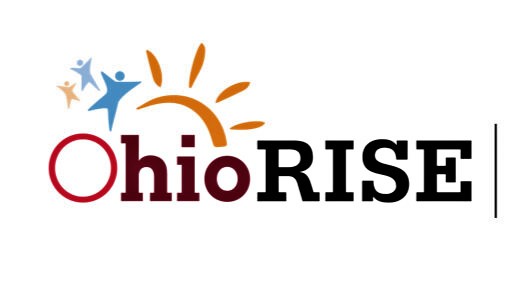New Medicaid program to help high-needs kids stay with families
November 5, 2020

By Kaitlin Schroeder, Dayton
Some Ohio parents have surrendered their children to get their care covered. This program seeks to keep these families together.
Ohio is carving off a separate Medicaid program that will coordinate care for an estimated 60,000 children and young adults with the most complex behavioral health needs.
Some parents have reported that they have surrendered their child to the state because they can’t afford to pay for their complex needs, so they gave up custody because their child’s care would be covered in state custody.
The new program, called OhioRISE, will help families stay together while the state covers the care that in the past might not have been covered and also will provide coordination to help navigate what can be a maze of different systems and programs.
It will consist of a network of behavioral health providers and care management entities that work together to deliver intensive, coordinated services and reach more children and families statewide.
“Too many times parents wrestle with a heart-wrenching choice: relinquishing custody of their child in exchange for access to life-saving services or face insurmountable health care bills and financial insolvency by seeking care on their own,” said Maureen Corcoran, director of Ohio Medicaid. “The current approach is not good for the child or their family and costs the state and county more money for custody or court involvement. We can do better for the children we serve.”
Mark Butler, who lives in the Columbus area, said at a press conference about the new program that he had to relinquish custody of his son Andrew, who at the time was 16, in order to get him the care he needed. Butler said his son, in addition to autism, has an intellectual disability and several mental illnesses.
Butler said his son’s behavior was too much for the family to address in their home, however, both the family’s private insurance and their son’s Medicaid would not pay for residential care. Butler said he was told that surrendering custody of Andrew was the only way to get his care covered.
“Making that call to children’s services was the hardest thing I had to do in my life,” Butler said.
Butler was among families who have advocated for years for reforms. He said “all of our efforts will help prevent another family, a family like mine, from suffering.”
The Ohio Department of Medicaid is now taking bids from health insurers to potentially contract with the state and manage the plans with this program, which will be known as OhioRISE (Ohio Resilience through Integrated Systems and Excellence). Insurers will have until Dec. 16 to submit their bids.
Ohio Medicaid said OhioRISE will drive toward aligning care coordination, expanding the availability of in-home and community-based services, reducing the use of out-of-home care, and leveraging the state’s resources across all agencies to support this unique population of kids.
Children eligible for OhioRISE often face multiple adverse and traumatic experiences, including foster care placement, severe learning and developmental disabilities, struggles with substance use disorders, or poorly managed mental health diagnoses. Lack of coordinated care results in families using services inefficiently, often seeking costly emergency and inpatient crisis care.
In Ohio:
- More than 40% of kids over age 15 in the child welfare system live in congregate care settings.
- Youth out-of-state placements have grown 200% since 2016, with 140 Ohio kids living in out-of-state mental health treatment facilities on any given day.
- 38% of youth in the Medicaid program have family members with a history of opioid use disorder, or a serious emotional disorder.
OhioRISE intends to keep families together by meeting defined goals:
- Expand early interventions to reduce hospitalization and emergency department use.
- Increase access to community and in-home support;
- Increase school attendance and participation;
- Reduce recidivism rates in the juvenile justice system;
- Provide families with training and support to stabilize their home environment.
OhioRISE: By the numbers
60,000: Eligible Ohio children and young adults up to age 21 anticipated to enroll
140: Ohio kids living in out-of-state mental health treatment facilities on any given day
40%: Portion of kids over age 15 in the child welfare system in congregate care settings
« Back to News
